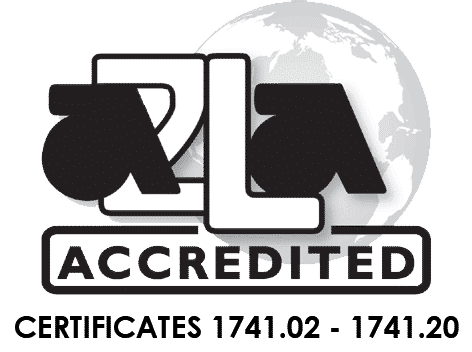Calibration vs Replacement: Why calibrate equipment that can be replaced for less?
We often hear from customers that they prefer to purchase new equipment instead of paying for calibration. Commonly this is done for lower cost items such as torque wrenches, tape measures, and infrared thermometers. The argument is that they can replace the equipment for the same amount or less than the cost of a calibration. While we do see the appeal of this option, this practice can result in serious traceability issues.
Let’s walk through an example to see how this could be problematic for your quality system: You just purchased new torque wrenches for your production line, and they arrive with accredited certificates of calibration. Based on the requirements of your quality system, they are set on a one year calibration cycle. Over the course of the year they are used on a regular basis and put through normal wear and tear. At the end of the year, you weigh your options and decide to purchase new torque wrenches instead of paying to have the old ones calibrated. The cost is about the same, and those old torque wrenches were well-used over the last year. When the new torque wrenches arrive with their calibration certificates, you throw out the used ones and continue production with your brand new tools. No problem, right?
How do you know that the product you have been making for the last week, month, or even year is in spec? One or more of the torque wrenches you just threw out could have been dropped or damaged months ago, causing it to go out of tolerance. Best case scenario is that an auditor finds your gap in traceability, and it results in an audit finding. The worst case scenario is that you have sold bad product and have to issue a recall. Either way, audit findings and recalls will cost your company significantly more time and money than a calibration would have.
Our calibration certificates include as found/as left data. This not only shows that your equipment is in spec now, but that it has been the entire time that it has been in use. If you are calibrating on a regular interval you can quickly determine if there is an issue with your equipment and the impact it may have had on the quality of your product. You can track this data using equipment drift analysis.
You have to make the decision that is best for your process while meeting the requirements of your quality system. If you need to be sure that your equipment is giving you accurate and repeatable measurements, then calibration must be a part of your process. If you are unsure whether calibration or replacement is right for your measurement application, we are here to help. One of our measurement experts would be happy to come to your facility and take a look at your equipment to determine if calibration or replacement is the best solution.

